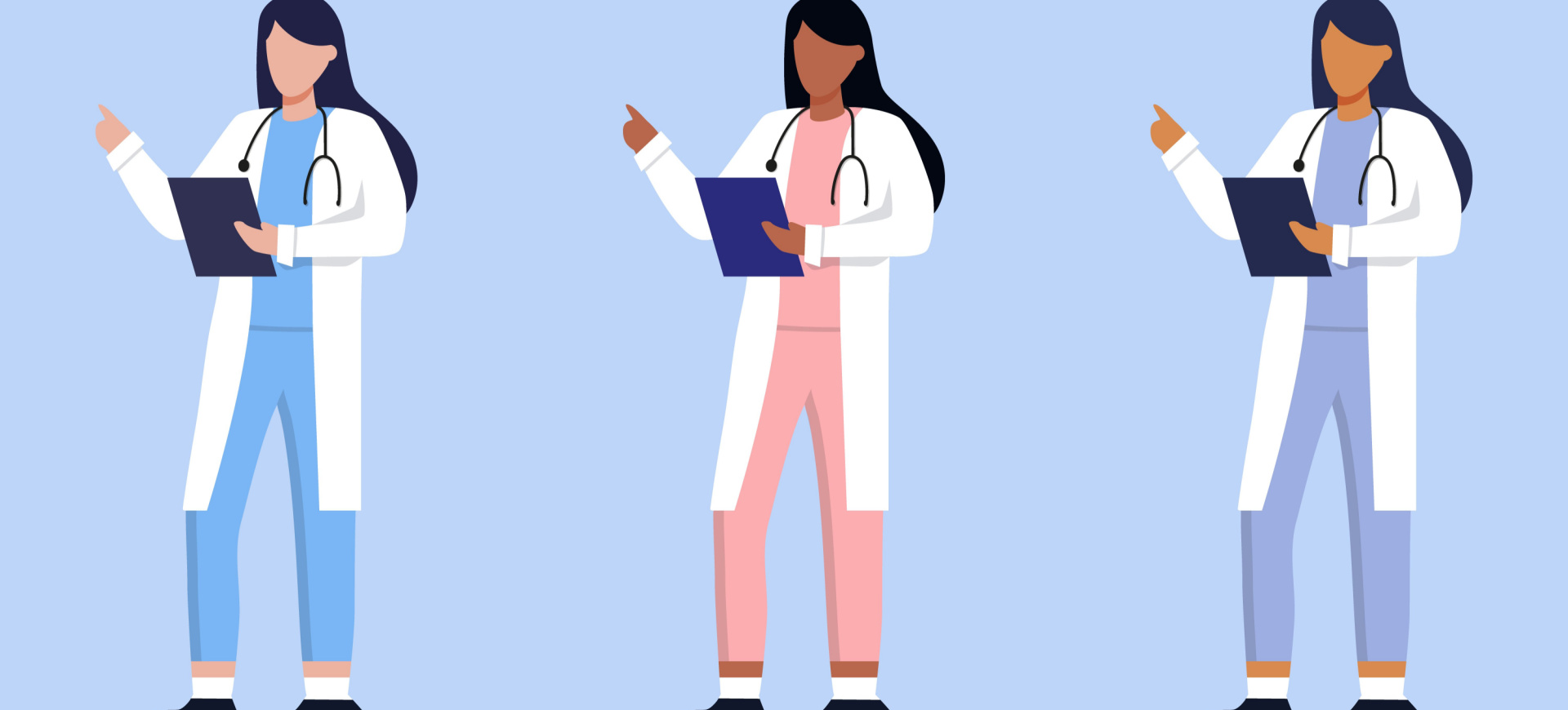A gender-equal health system
Gender inequality has far-reaching impacts on health care, and only by achieving equity can we build preparedness for future health crises
The Global Preparedness Monitoring Board has long advocated for improved equity in access to health care. What role does gender play in current inequities?
Joy Phumaphi: We know that, as with all inequalities and inequities, health inequality is intersectional. Even before the pandemic, in 2019 the World Health Organization outlined the ways that gender inequalities intersect with socio-economic, geographic and cultural factors to create structural barriers to women accessing health care. We also know that the increasing cost of accessing health care in many countries is adding yet another barrier for many women, with the United Nations estimating that women still only make 77 cents for every dollar earned by a man. Rising healthcare costs expose gender inequality, and further exacerbate inequities in both access and outcomes. This burden, of course, falls disproportionately on women in the Global South, who are the farmers, the small- and medium-sized enterprise workers, and the caregivers. This is why the work of advocating for gender equity and the addressing of inequalities in healthcare spending globally is so critical.
How did the Covid-19 pandemic illustrate gender imbalances within health care and beyond?
Kolinda Grabar-Kitarović: Covid-19 put a spotlight on the inequalities and inequities that already existed. It acted as a negative catalyst not only by disproportionately exposing women to the effects of the pandemic but also by reversing and in some cases wiping out decades of progress that we had made in addressing both gender equality and other areas that excessively affect women, such as eradicating poverty and improving access to education.
In so many cases, women were the first responders in the health sector and were exposed to the pandemic first and thus contracted the disease more often. But the pandemic also affected socio-economic issues other than health. Women were more affected by unemployment or had to reduce their paid work hours to care for their children. Given all this, it is notable that there is a lack of clear, globally consistent data on the gender impacts of Covid-19 across all aspects of health and well-being – data that would be incredibly valuable for ensuring that we are better prepared for future pandemics and health emergencies. This is something that the GPMB focused on as we developed our Monitoring Framework.
How does the GPMB Monitoring Framework for Preparedness incorporate gender inequality into its assessments?
JP: Well, we can all agree that a key lesson that we learned during Covid-19 is that the traditional measures of a country’s preparedness for pandemics or other health emergencies typically underestimated the importance of social and economic factors that should have been obvious, including those related to gender. In developing the GPMB Monitoring Framework we applied these lessons, integrating them into the framework, which uses over 90 indicators across the three dimensions of risk: prevention, preparedness and resilience, and impact.
Multiple indicators focus on gender equality, including a focus on the impact of health emergencies on women, youth, and other vulnerable and marginalised groups. The framework also assesses whether global decision-making bodies for pandemic prevention, preparedness and response are gender equal and gender sensitive. For too long the critical decisions in global health have been made by organisations that are too far removed from those whom they are supposed to be serving.
What would a truly gender-equal global health system look like?
KGK: When we talk about gender equality, it’s important to recognise that it does not benefit just women. It benefits societies overall. Therefore, a gender-equal global health system would benefit entire communities, countries and the entire state of global affairs.
I believe that the first step must be to recognise the vital role played by the millions of women who provide health and social care in communities across the globe. As the GPMB has highlighted, 70% of this workforce are women, yet their contributions are undervalued and understated and they are underrepresented in decision-making bodies.
We need more women at the decision-making table. If we look at the available data on the participation of women in peace processes, we know that involving women makes these processes much more likely to succeed in the long term. Why should the same not apply to health crises and pandemics?
In addition to including women in decision making, it is also crucial to empower women personally to make decisions for themselves about their own health, and the health and well-being of their families, their communities and their countries.












